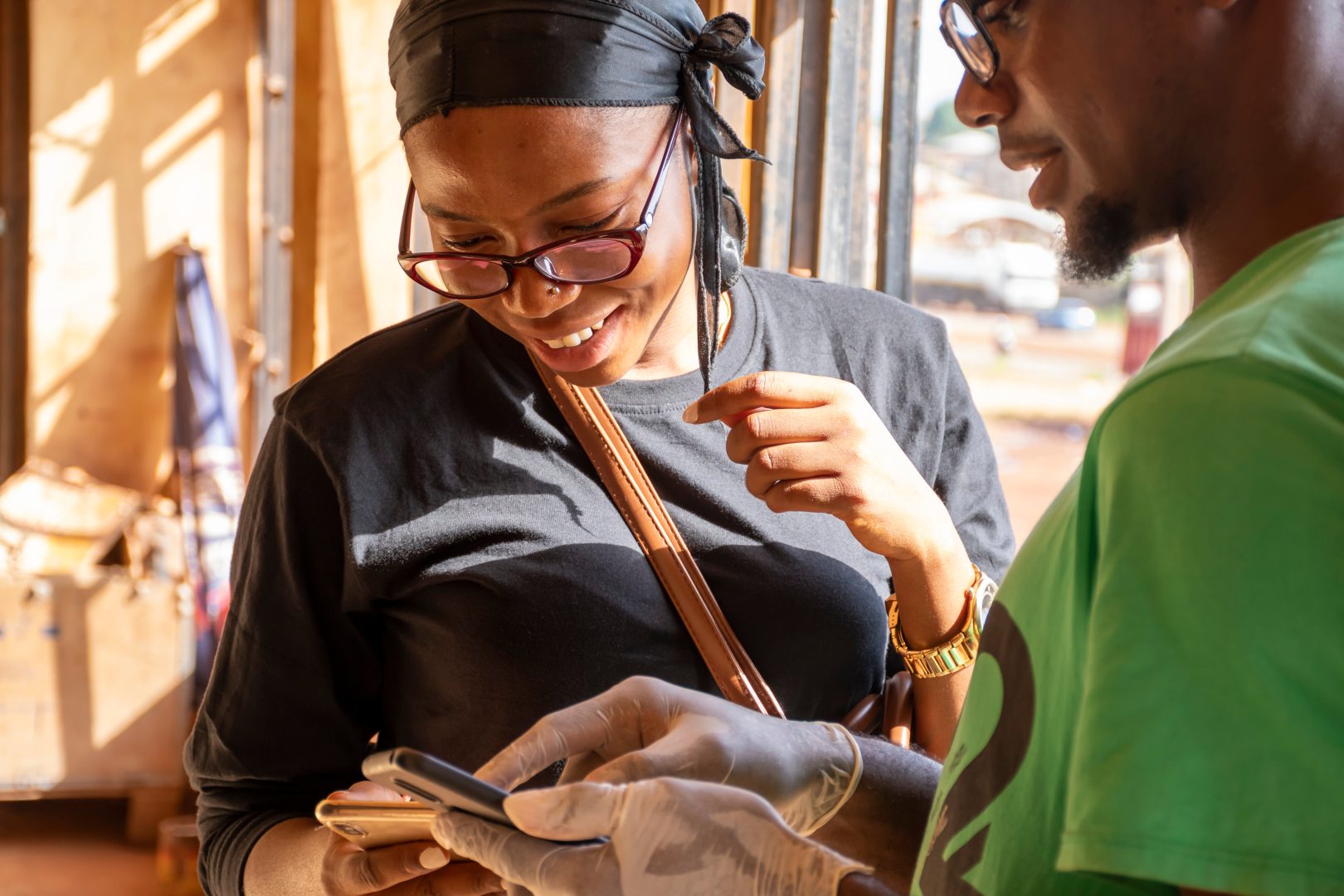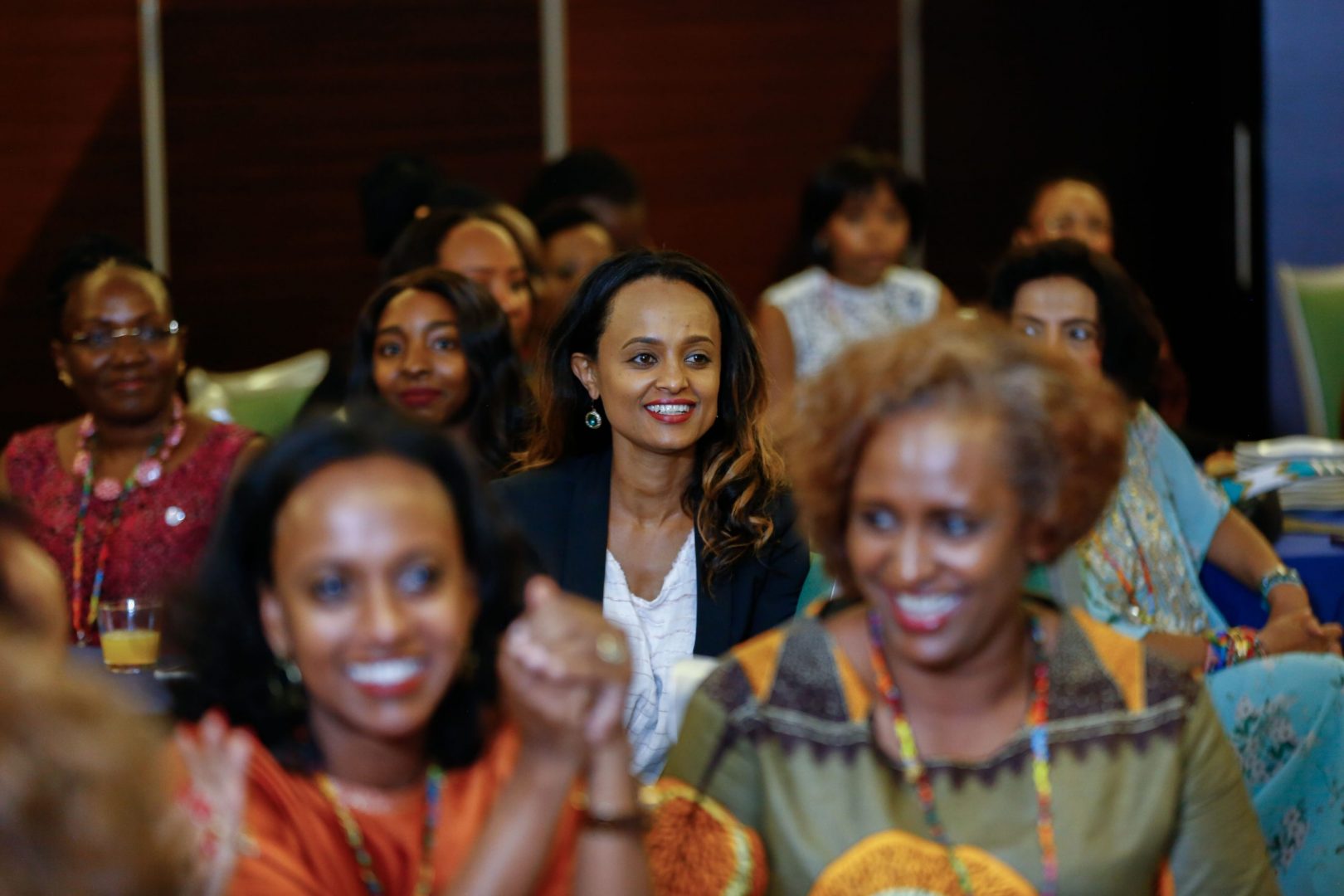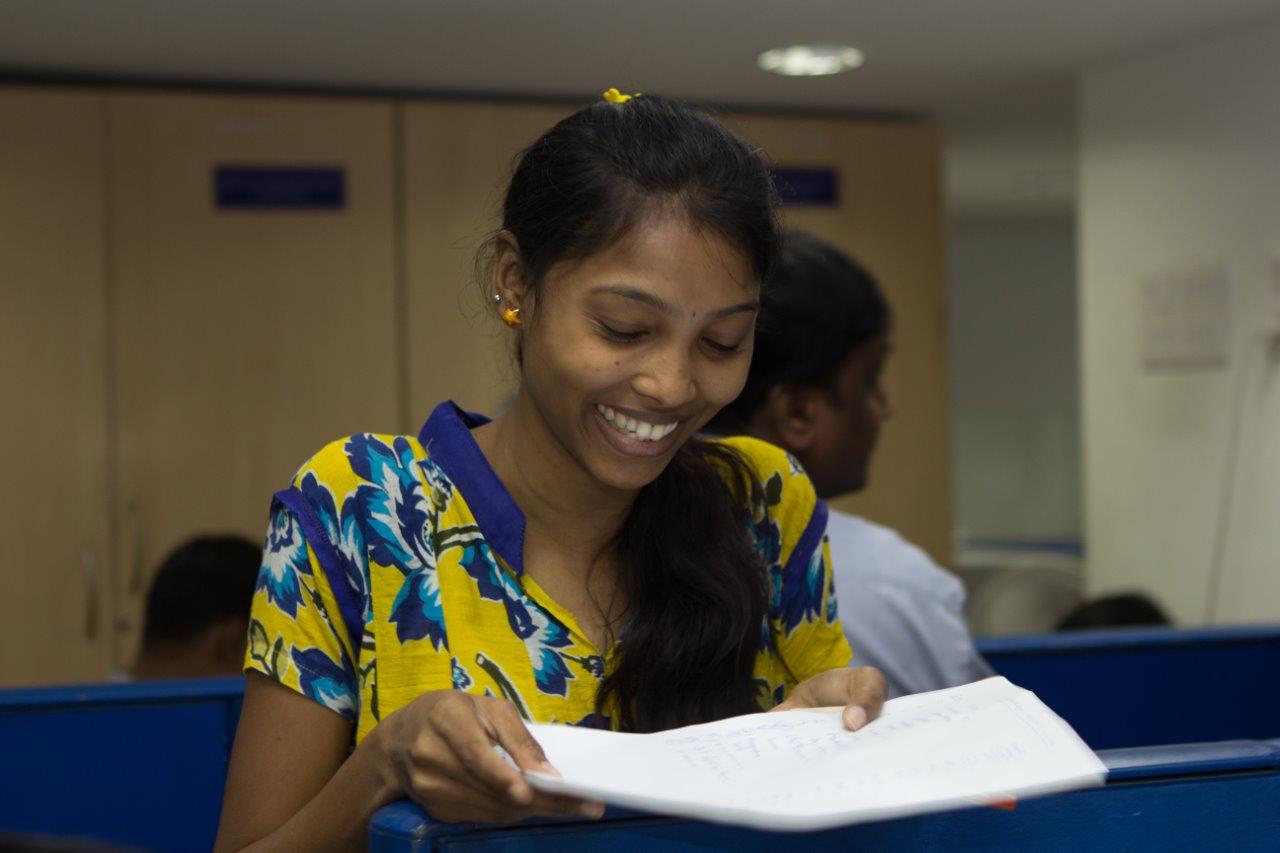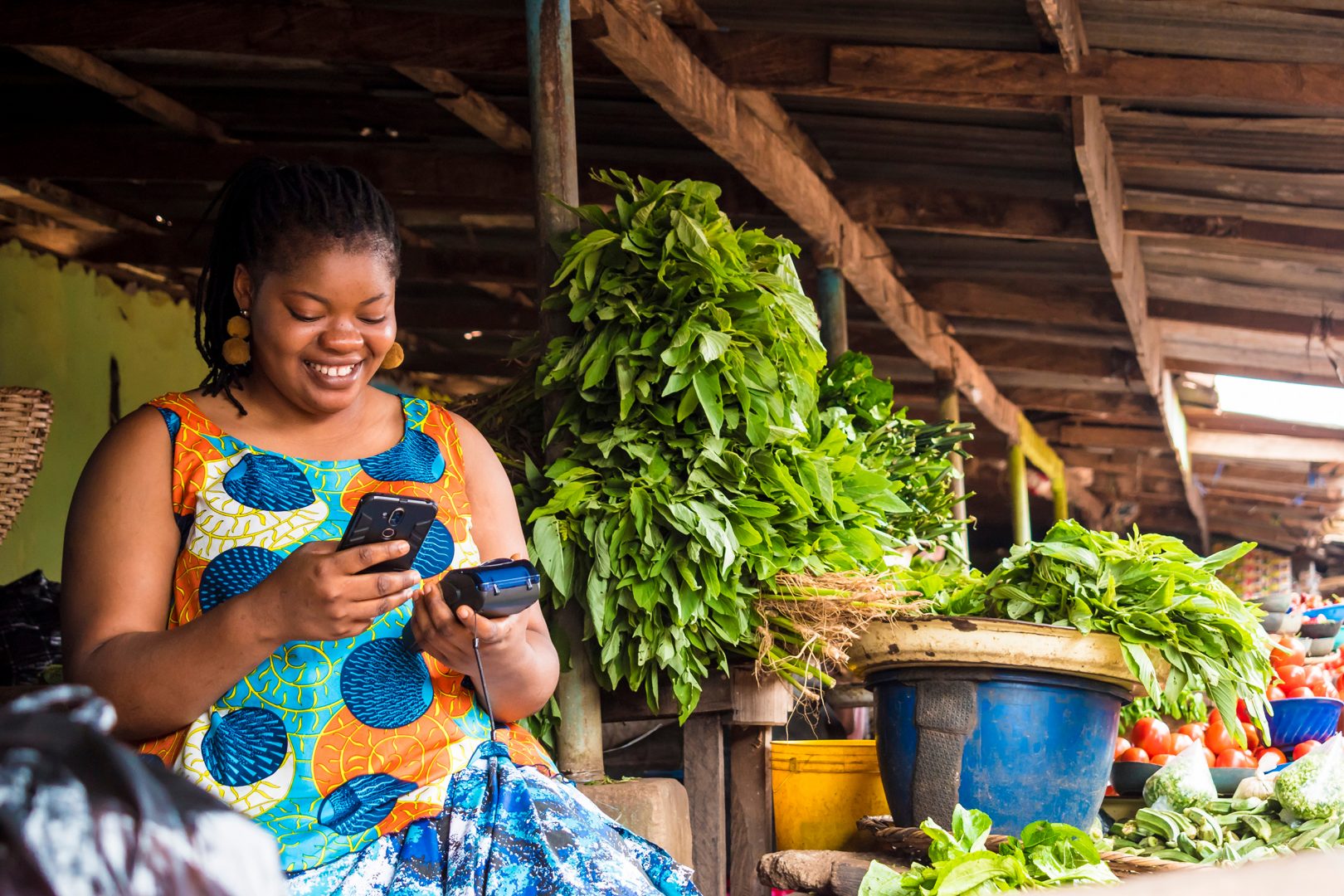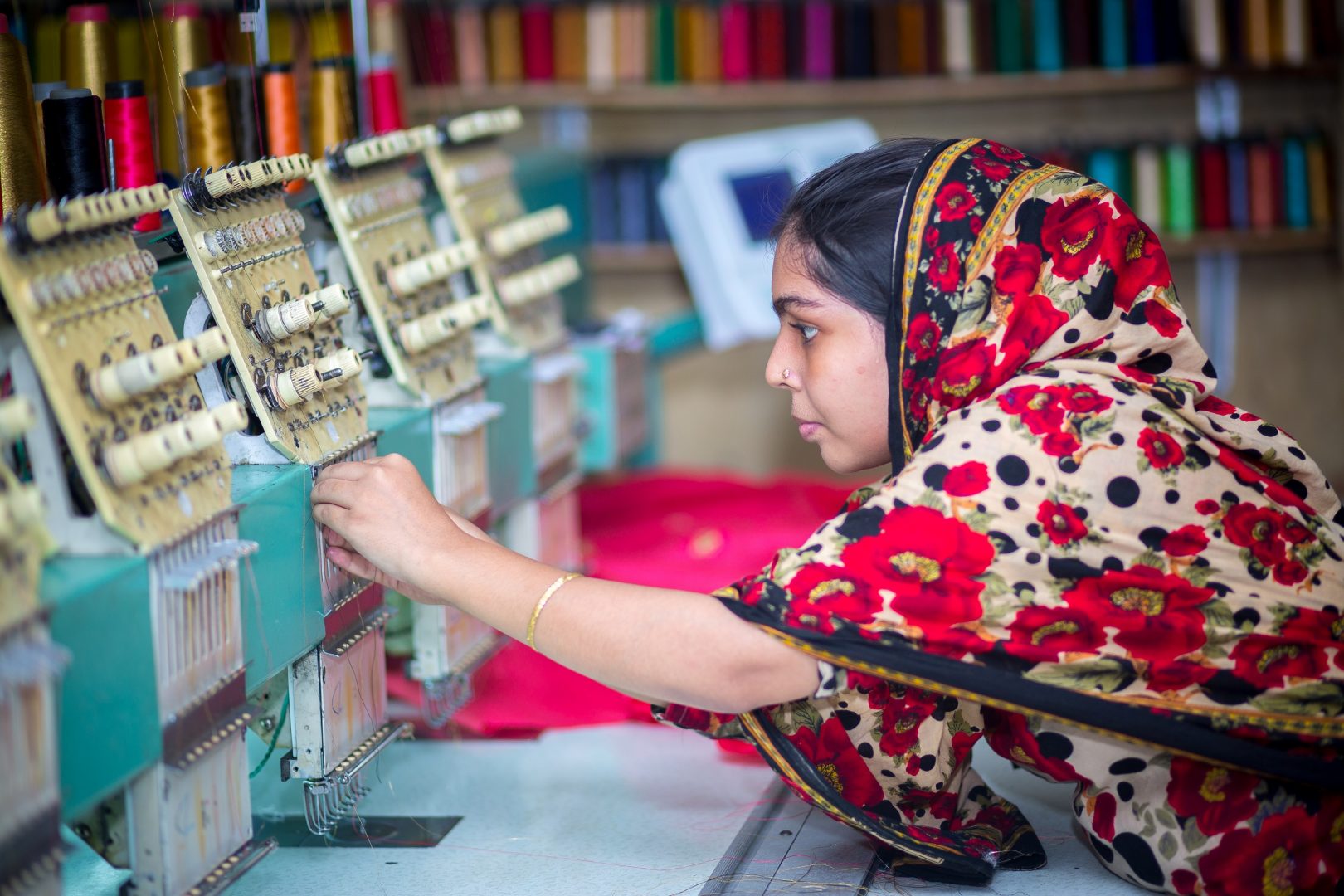Gender-lens investing through the 2X Challenge: our progress one year on
A little over a year ago we announced our commitment, alongside the other development finance institutions (DFIs) of the G7, to mobilise US$3 billion of investment by 2020 in projects that support the world’s women. Announced as the 2X Challenge, the initiative seeks to support businesses that provide women in emerging economies with access to leadership opportunities, quality employment, and products and services that enhance their economic participation and inclusion. We’ve learned a lot from our work together so far, including the challenges that come with working across geographies and sectors at scale. In particular, systemic and sustainable change requires effort beyond capital, and we knew that in order to create lasting change, our primary focus had to be on creating a framework that could be used by investors and businesses the world over.
What does it mean to ‘invest in women’?
As evidence supporting the business case for women’s economic empowerment has grown, interest in gender-lens investing has too. If we were to harness and encourage this interest through the 2X Challenge, we recognised that we needed to create a shared understanding of what investing in women actually looks like. To do this, we worked with a team at Dalberg Advisors and our fellow DFIs to define the 2X Criteria. The criteria were developed from collective research and evidence on where women currently stand in terms of participation, representation and access to the businesses we invest in and is based on contributions from DFIs and the broader impact investing community. The criteria acknowledge the challenges and barriers of the markets we work in and the specific gender gaps that DFIs have the capacity to address, to ensure we have set achievable targets which underpin Sustainable Development Goal 5.
Grounded in global benchmarks
In order to build trust and recognition from the investment community and businesses alike, we recognised that the 2X Criteria had to have both weight and consensus. Work to define the criteria began by building on the initial framework and concept developed by OPIC, based on their own research and portfolio data. CDC then took this forward, working with Dalberg Advisors to integrate our own portfolio history, sector expertise, and industry research. We debated questions ranging from “what is the current representation of women in the healthcare workforce in India and how might this affect the ability for women to access gender specific healthcare needs?” to “what initiatives have succeeded in helping women advance their careers in the workforce so that we not only count, but also value, women?”, and “where and how can we as investors play a role in nudging our investees to do more, or help celebrate their success?” We then weighted this information with two global industry benchmarks from Grant Thornton and the World Economic Forum and tested it with all the 2X founding members. Consequently we were able to set a baseline for the 2X Criteria that was grounded both in global benchmarks and on-the-ground realities.
Making it accessible
A key goal of CDC’s own five-year Strategic Framework is to promote gender equality and women’s economic empowerment across the investment industry. We knew from experience that there were already a number of standards that investors had to comply with, so our objective was to disseminate the 2X Criteria in the simplest way possible for potential users. We developed partnerships to ensure the 2X Criteria are promoted within investment networks. One of our most successful partnerships was with the Global Impact Investing Network (GIIN). After launching the criteria, our gender team led discussions on behalf of the Challenge and the European Development Finance Institutions (EDFI) with GIIN to develop a common set of gender metrics. These metrics, aligned to the 2X criteria, are available to the industry on GIIN’s comprehensive impact measurement and management system, IRIS+. Their placement within IRIS+ make the criteria accessible within a system that has strong recognition within the impact investing community.
In May we were also pleased to welcome four more DFIs, who are also members of the CDC-sponsored Gender Finance Collaborative, to the 2X Challenge: the Netherlands (FMO), Sweden (Swedfund), Finland (Finnfund) and Denmark (IFU).
How are we getting on?
Within CDC, we have focussed our efforts on mainstreaming the 2X Challenge across our investment process and have been working closely with our teams to build a strong pipeline of 2X investees, which we hope to realise in the coming year. This hasn’t come without challenges – understanding which points of entry or leverage across the corporate value chains are likely to have the biggest impact for women is something we continue to test and learn from to ensure that we count and value women and demonstrate their worth in a meaningful way from a business perspective.
While gender inclusivity is a top corporate priority for CDC, we are often tackling several developmental and financial challenges and opportunities at once, so we are learning how and when to embed or integrate gender-smart interventions within our investment lifecycle. We are also providing technical support to businesses who are committed to meeting the 2X Criteria over time but are not there just yet.
Looking beyond the gender-lens
It has been exciting to see how such criteria can lay the groundwork to grow investment that targets a specific group and how this work has shaped other similar work. The Refugee Investment Network recently launched an impact investing and blended finance collaborative which connects investors with refugee ventures. As a part of the initiative they have developed criteria for investing with a refugee lens. During the launch, 2X was cited as a source from which they developed their own criteria, and we spoke to Managing Director Tim Docking on how our criteria influenced the Refugee Investment Network’s model:
“Over the course of many conversations with investors from across the capital continuum, we were asked repeatedly: “What is a refugee investment?” In need of a strong and well vetted model, RIN turned to the 2X criteria for guidance and found a cogent framework to build on. Indeed, the strength and wide acceptance of the resulting refugee investing lens is in part attributable to 2X.”
Tim Docking, Managing Director, Refugee Investment Network
Initiatives like these demonstrate how development finance is evolving to work across not just sectors and geographies but to target specific communities. It’s great to see the 2X Challenge and Criteria helping to pave the way to invest in women and we’re proud of the contribution we’ve been making in building this new industry standard.
Find out more about our work to advance women’s economic empowerment
Insight is our series of practical lessons on private sector investment and development, based on our experiences. Sign up to our monthly newsletter.

